
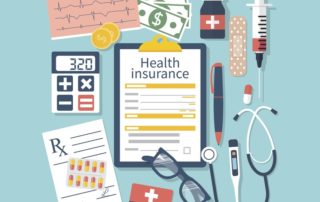
Significant Employer Uptake of IRS Rule Expanding Pre-Deductible Coverage of Chronic Disease Services
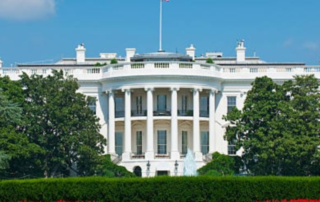
Biden Administration National Strategy for COVID-19 Response Ensures No Out-of-Pocket Costs for Vaccines

How Top Payers Are Providing COVID-19 Vaccine Coverage, Support

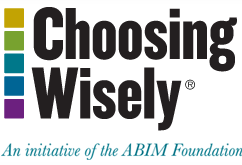
Promoting High-Value Care: A Conversation with Mark Fendrick, MD

Relentless Health Value Podcast: Surprising Insights About Value-Based Care


Effects of Employer-Offered High-Deductible Plans on Low-Value Spending in the Privately Insured Population
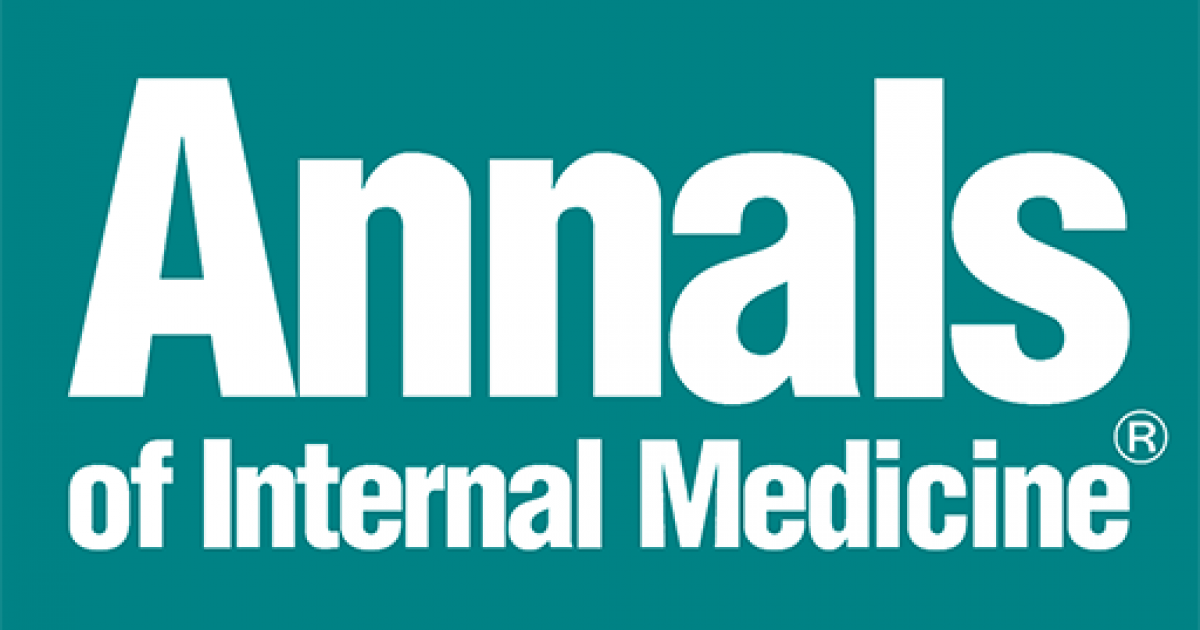
PCPs Play a Small Part in Low-Value Care Spending
A new report published in the Annals of Internal Medicine indicates that most primary care physicians generate only a small part of the billions of dollars wasted every year on low-value care. In an interview, V-BID Center Director Mark Fendrick stated that the report confirms that low-value care must be reduced across all medical disciplines in order to improve coverage for essential services.
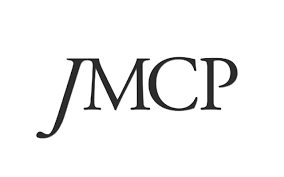
Health Care Resource Utilization and Costs Associated with Nonadherence and Nonpersistence to Antidepressants in Major Depressive Disorder
Patients with major depressive disorder, who where nonadherent and nonpersistent to antidepressant medications in a retrospective cohort study, were more likely to experience higher total medical costs, more hospitalizations and ER use. Strategies that promote better adherence and persistence, such as lowering out-of-pocket costs for antidepressant medications, may reduce these outcomes.

Association of Out-of-Pocket Spending with Insulin Adherence in Medicare Part D

Fifty-One Percent of U.S. Workforce Enrolled in High-Deductible Health Plans, Which May Leave Some Underinsured
Analyses conducted by ValuePenguin revealed that 51% of the workforce in the United States was enrolled in a high-deductible health plan in 2019 – the highest percentage over the past five years. While HDHPs generally offer cheaper health insurance premiums compared to other plans, members with high medical bills could be exposed to significant out-of-pocket costs.
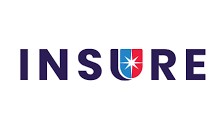
Survey: Most People Don't Think High Deductible Health Plans Save Money
A survey conducted by researchers at Insure.com found that 40% of respondents enrolled in a high-deductible health plan delayed medical care due to cost. Delayed medical care can potentially lead to higher long-term health costs and poorer health outcomes. HDHPs are now able to develop a more flexible benefit design that offers more protection for certain medical services through a V-BID plan structure.

Seniors on Medicare: 2020 Health Care Challenges and Priorities for 2021
Interviews with Medicare beneficiaries revealed that seniors have several clear health policy priorities for the coming year, including reducing out-of-pocket costs for prescriptions. Respondents also reported that the COVID-19 pandemic impacted their health care decisions, leading them to avoid or delay seeing their provider, delay treatment for a chronic condition, or prioritize taking a prescription drug for one condition over another.


Survey: Few Americans Could Pay A Surprise $1,000 Bill From Savings
Bankrate’s January Financial Security Index finds that fewer than 4 in 10 U.S. adults could currently afford to cover an unexpected expense of $1,000. The pandemic has placed many Americans in more perilous financial situations, making the adoption of flexible HSA-HDHP plan designs even more important.

Patients Praise Medicare Advantage as Hospice Carve-In Takes Effect
Up to 98% of Medicare Advantage beneficiaries reported satisfaction with their coverage and services in a recent Better Medicare Alliance poll. Poll results were released shortly after the inception of the V-BID Medicare Advantage hospice carve-in on January 1st, 2021. Click here to learn more about how V-BID principles have been incorporated in Medicare Advantage.
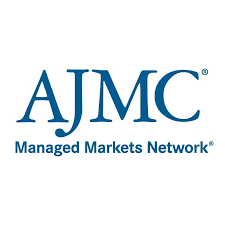
Patients With Atopic Dermatitis Report Broad Array of OOP Expenses Related to Disease
More than forty percent of survey participants with atopic dermatitis reported that their annual out-of-pocket expenses exceeded $1,000. The majority said their atopic dermatitis was either moderate or severe, and patients often used both prescription and non-prescription therapies. Health care providers and patients with atopic dermatitis must work to create a treatment plan that minimizes financial burden.
Please Help Support the V-BID Center
As a non-profit entity, the V-BID Center relies on fundraising to support our research, education, and policy efforts. Please help us continue our work by donating here. We truly appreciate your consideration.


